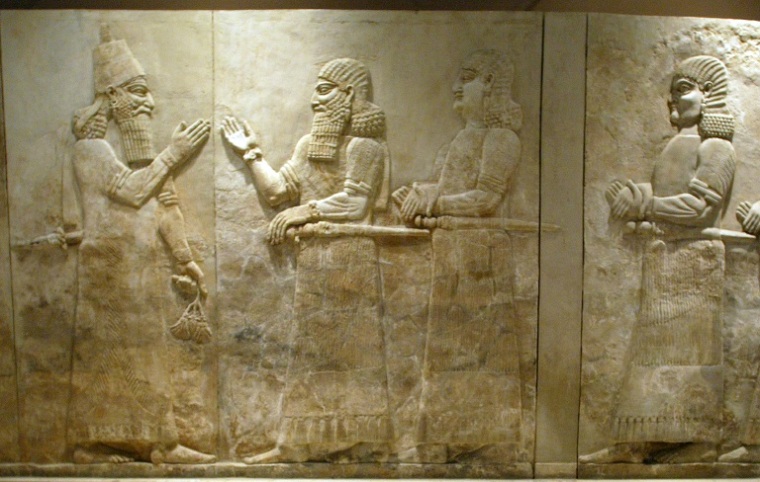ISIS wiping out every trace of Mesopotamian culture

NIMRUD, Iraq (Christian Examiner) – Islamic State militants rode heavy equipment over the artifact-rich Assyrian city of Nimrud on March 5, only a week after releasing a 5-minute video showing their destruction of artifacts in a Mosul museum and at the Nergal Gate entryway to ancient Nineveh.
The militants, whom Jordan's King Abdullah calls "outlaws," completed their destruction of the ancient artwork -- the Islamic extremists described as idols and false gods -- using sledgehammers and electric jackhammers.
Reuters reported many items have been sold on the black market and antiquities have become a major source of income for the terrorists.
"I cannot even describe the immensity of this loss," said Ihsan Fethi, a member of the Iraqi Architects Society, to The New York Times. "This is one of the most famous and probably one of the most important sites in the world."
Nimrud was founded by the Assyrian King Shalamansar I, who died in 1245 B.C. Among the most impressive objects in the city are the colossal statues known as "lamassu," formerly worshipped as Assyrian protective deity. The mythological creatures depict either lions or winged bulls with bearded human heads and paws six feet wide.
Nimrud also is famous for its bas-reliefs of men with careful rows of facial hair, and steles (stone or wooden slabs) that depict scenes of war and hunting as well as fantastical figures like bird-headed genies.
"These extremists are trying to destroy the entire cultural heritage of the region in an attempt to wipe the slate clean and rewrite history in their own brutal image," said George Papagiannis, who headed the United Nations Educational, Scientific and Cultural Organization world heritage office in Iraq from 2009-11.
Nimrud recently was nominated by the Iraqi government to be placed on UNESCO's list of world heritage sites, locations chosen for their "universal value," Papagiannis said.
The ancient city has suffered since the invasion of Iraq in 2003. It was "virtually abandoned as Iraqi state structures collapsed," according to the Times. Its remote location some 18 miles south of Mosul safeguarded the site, and until now, its major structures were in good condition, Fethi said.
"Leaving these gangs without punishment will encourage them to eliminate human civilization entirely, especially the Mesopotamian civilization, which cannot be compensated," according to a statement March 5 by Iraq's ministry of tourism and antiquities. It called on the United Nations security council to come to Iraq's aid.
This is not the first time ancient artifacts have been destroyed. In in 2013, militants in Mali set fire to libraries in Timbuktu that held ancient manuscripts. In 2001, the Taliban blew up the buddhas of Bamiyan, which date from the 6th century. And 6th century Muslims lopped the tops of statues in Caesarea, Israel, that stand still today.